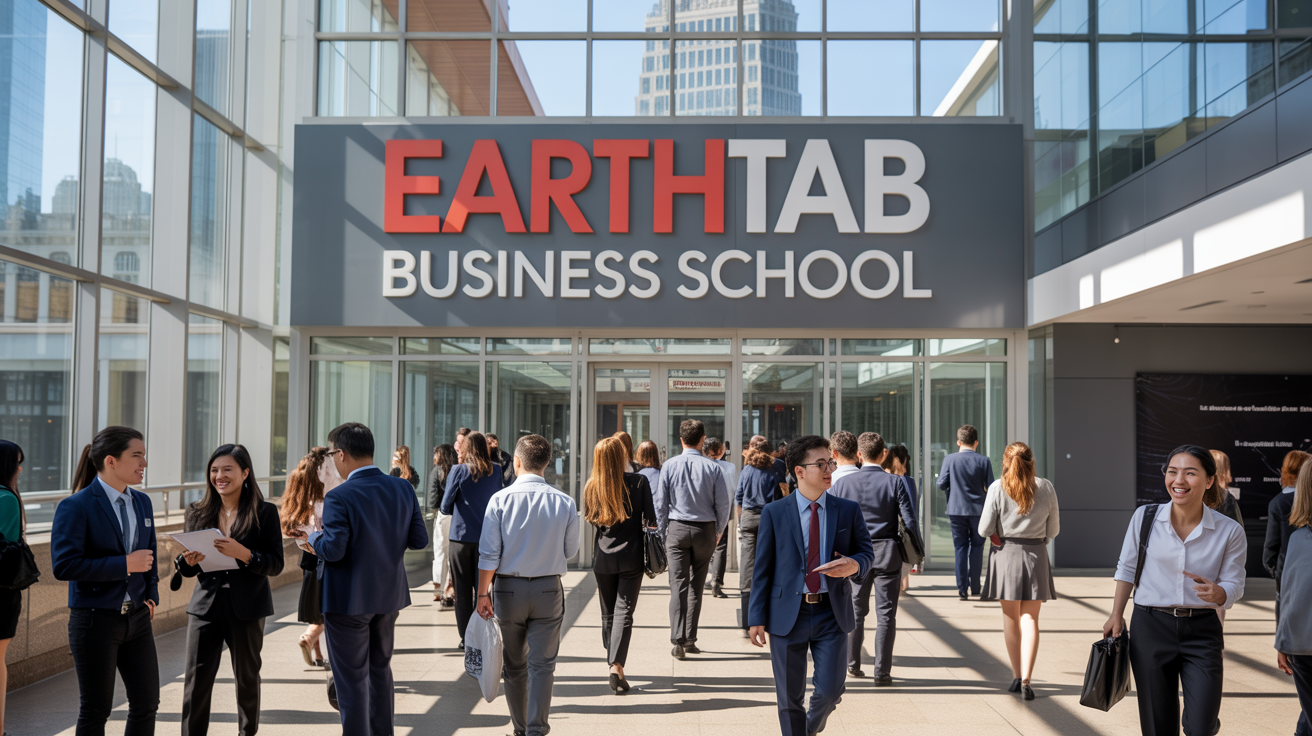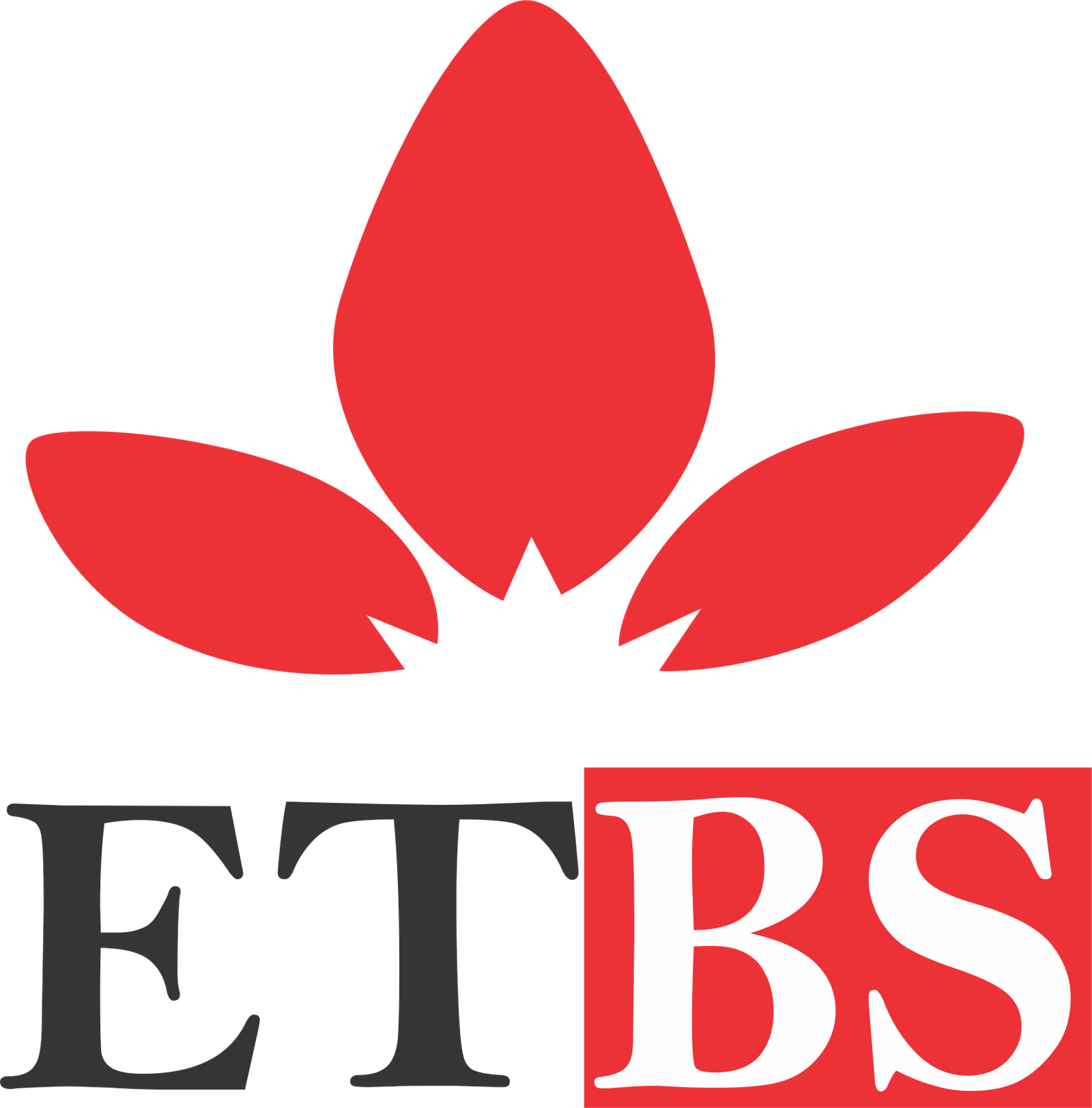 EarthTab Business School
EarthTab Business School
☰
|

Welcome To Earth Tab Business School. My name is Anna Wagner and I will be Course Preceptor For The Course The Language Of Film : Shot’ Angles, And Composition. In the cinematic universe, language is not only conveyed through dialogue or sound it is powerfully communicated through visuals. "The Language of Film: Shots, Angles, and Composition" is a comprehensive, in-depth course designed to decode and elevate your understanding of the visual grammar of filmmaking. This course explores how every frame, every angle, and every spatial decision tells a story, manipulates emotions, and creates meaning, whether in a commercial film, documentary, television show, music video, or avant-garde cinema. This advanced course goes beyond basic introductions and immerses you in the semiotics, psychology, and technical mastery behind cinematic shots, camera angles, and compositional strategies. Through theoretical analysis and practical breakdowns of renowned films across cultures and genres, learners will be equipped with a critical lens for interpreting and designing visual narratives. The course is ideal for: Aspiring and practicing filmmakers Cinematographers Editors Visual storytellers Film scholars and critics Media arts educators Content creators on platforms like YouTube, TikTok, and Instagram who want to improve visual engagement. Key Objectives By the end of this course, you will: Understand the visual syntax of cinema and how it functions like a language. Identify and analyze different types of shots, camera angles, and movements, and their intended emotional or narrative effects. Apply the principles of framing, spatial awareness, and screen geography. Explore how composition choices rule of thirds, symmetry, leading lines, color blocking communicate theme, tone, and character dynamics. Learn how mise-en-scène and cinematography collaborate to enhance narrative structure and meaning. Critically evaluate cinematic scenes through theoretical frameworks such as structuralism, visual semiotics, feminist film theory, and psychoanalysis. Gain hands-on insight into the technical and creative tools used in professional filmmaking. Create visual storyboards and shot lists that reflect intentionality and cinematic fluency. Introduction to the Visual Language of Cinema Film as a language: theory and history Meaning beyond words: signs and symbols Visual storytelling vs. verbal storytelling Reading the frame: from stills to sequences Understanding Shot Types and Their Narrative Power Extreme wide, wide, medium, close-up, extreme close-up Shot selection as a character tool Emotional pacing through shot variation Examples from Hitchcock, Tarkovsky, Bong Joon-ho Camera Angles and the Psychology of Perspective Eye-level, high angle, low angle, over-the-shoulder, Dutch tilt Dominance, vulnerability, suspense, and power Subjective vs. objective perspectives Cultural and genre-based variations in angle usage Shot Composition and Framing Principles Rule of thirds, golden ratio, balance and contrast Foreground vs. background importance Framing for tension, intimacy, chaos, and serenity Understanding "negative space" and implied action Movement and Motion: Camera as Storyteller Pan, tilt, zoom, dolly, tracking, handheld, Steadicam, drone Emotional rhythm and dynamism Motivated vs. unmotivated camera movement Movement as choreography in musicals and action The Aesthetics of Lighting and Color Composition High-key vs. low-key lighting Color theory in film (warm/cool palettes, monochrome, saturation) Chiaroscuro and film noir lighting Psychological manipulation through lighting Spatial Relations and Blocking for Composition Depth of field and focus hierarchy Blocking actors for narrative emphasis Mise-en-scène and geometric composition Set design as visual grammar Visual Continuity, Montage, and the Grammar of Editing 180-degree rule, match-on-action, eye-line match Graphic match, rhythmic cutting, cross-cutting Soviet montage theory vs. Hollywood continuity Temporal manipulation through visual structure Cultural, Gendered, and Political Dimensions of Film Language The male gaze and feminist film critique Postcolonial and indigenous visual storytelling Queer visuality and non-binary framing Reading film language in global cinema Capstone Analysis and Creative Storyboarding Frame-by-frame breakdowns of selected scenes Creating a visual plan for a short script Peer review and visual critique Professional standards for shot lists and blocking documents This course blends critical theory with applied practice. You will engage in: Weekly video breakdowns of iconic scenes Comparative studies of world cinema (e.g., Kurosawa, Scorsese, Cuarón, and Jordan Peele) Exercises in storyboarding and visual scripting Analytical essays and practical visual assignments Collaborative group discussions and peer critiques Cinematic vocabulary fluency Visual analysis and interpretation Shot planning and execution Cinematic storytelling techniques Cultural sensitivity in visual composition Technical cinematography competence Aesthetic judgment and critical insight Adobe Premiere Pro DaVinci Resolve Frame.io Storyboarder by Wonder Unit Shotdeck (for visual research and scene references) DSLR/mirrorless camera operations (practical filming optional module) By the end of the course, you will be able to: Construct sophisticated visual narratives through intentional shot and angle choices. Interpret scenes with expert-level understanding of composition and camera movement. Create compelling visual storyboards and pre-visualizations for film, advertising, or digital content. Critique and analyze cinematic works using both academic and professional terminology. I look forward to congratulating you upon the completion of this course.Course Overview
Course Modules Overview
Pedagogical Approach
Skills You Will Gain
Tools and Software Introduced (Optional Track)
Target Outcome

Unlocking Professional Potential through world-class assessments and industry-ready training.
"Empowering Professionals through practical, accessible online business education"
- Blessing Princess Agho
 Founder/Lead Instructor
Founder/Lead Instructor